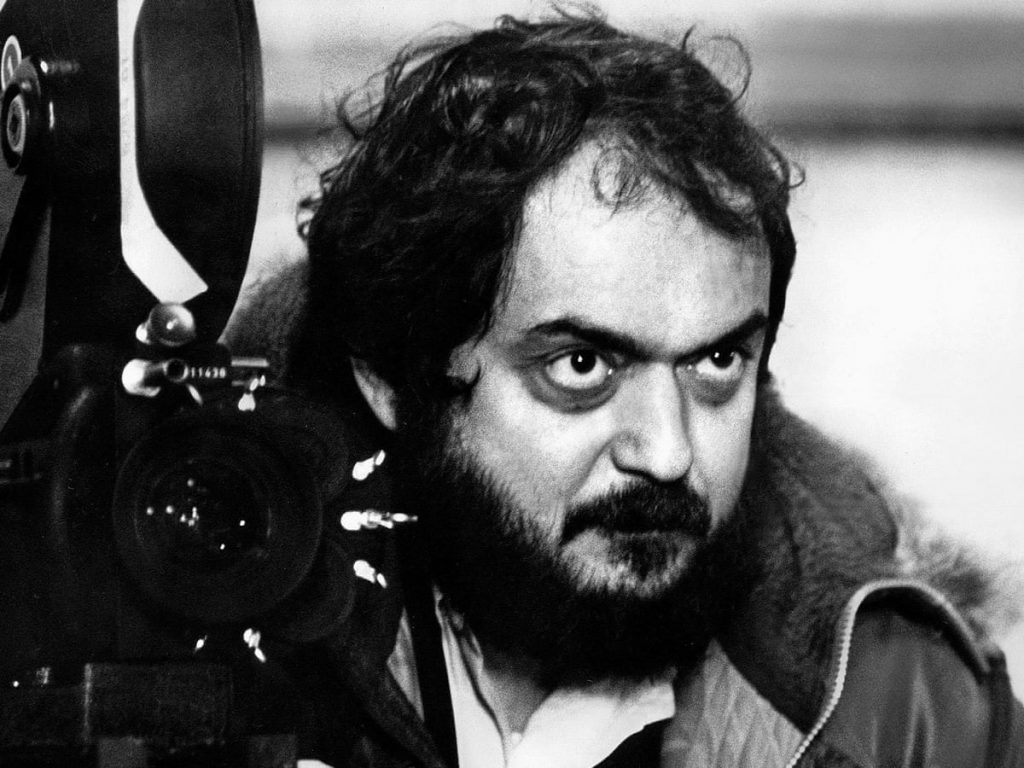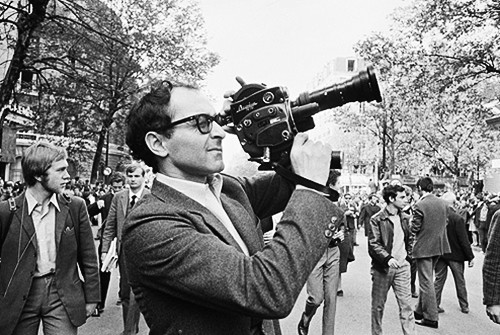We made the job look easier, now we must deal with the consequences.
There’s a lot of chat about AI copywriting at the moment. Companies such as this one have been offering some form of machine-generated advertising writing for a while now, and are understandably getting better at it.
Equally understandably, copywriters have been up in arms about this. How could a machine/robot create something as artistically pure as a combination of words that informs people that frozen chickens are available for 20% off at Sainsbury’s?
I jest, but I kind of don’t. There’s a reason why someone thought a computer could come up with copywriting and it might be a little hard to swallow: most copywriting is not very good, and it’s also not very difficult. When you see the post copy on a Facebook ad for cheap wine, or the headlines on most posters, or you listen to most radio ads you probably think, ‘What a load of rubbish. I bet a crappily-programmed robot could do better’. Well, you weren’t the only one.
I get that there are many other elements to the job that AI might still find difficult/impossible. These include thinking up a concept (although most ads don’t seem to bother with them), taking feedback and reworking ads to a client’s satisfaction (I think this one will save all our careers. Clients are not usually good at this, but they are also not usually happy with the first ten versions they are offered), and coming up with something original that no one was expecting (also becoming vanishingly rare). But when it comes to some basic-bitch copywriting, they are as good as at least some of us.
And here’s how that happened: our predecessors wrote a lot of shitty ads, then many of us did the same.
So they/we made the job look easy, and that’s what made other people think they could program a computer to do it. Yes, I know they’re getting AI to do some very difficult jobs these days, but the artier ones, the ones that involve excellent creativity, are the hardest to replicate. Rubbish creativity, on the other hand: piece of piss.
This isn’t the first time we’ve shot ourselves in the foot by making the job look easy. Back in the early 2000s there was a fashion for finding a good short film by an unknown director, slapping a logo on the end and entering it into advertising awards. Here’s an example:
Spot the difference (good luck).
This was then followed by several years of doing the same thing with interesting YouTube clips. For example:
Although the above are both very good ads, and every artist borrows from somewhere, this straight lifting of other people’s work made the job look very easy. Why pay lots of money for an ad agency when an enterprising 15-year-old searching YouTube could produce the same result?
Is it a coincidence that ad agencies are paid much less than they used to be? I don’t think so. Although several factors have contributed to this situation, I think you could make a good case that devaluing our creative currency has been one of the biggest. Making great ads used to be a mysterious process, only managed by a select few. Now it looks much easier, and therefore worth much less.
A third process has contracted things still further: digital and social media is cheap, quick, disposable and done very well by kids and idiots (and both). So it was partly we who made this part of adland look easier, and partly others, but check out the average corporate social media feed and ask yourself honestly: does that look so difficult that it should be expensive or time consuming?
Nah.
We’ve gone from great creatives (sometimes) writing and art directing ads in such a way that it looked very difficult, to crap that looks (and often is) cheap and easy. And when we did that we let crappier practitioners seem perfectly capable of doing it to a professional level: computers and kids. Who needs excellent, experienced humans when the opposite can give you 80% of the quality at 30% of the price?
We unwittingly made our own bed, and now we must lie in it.

